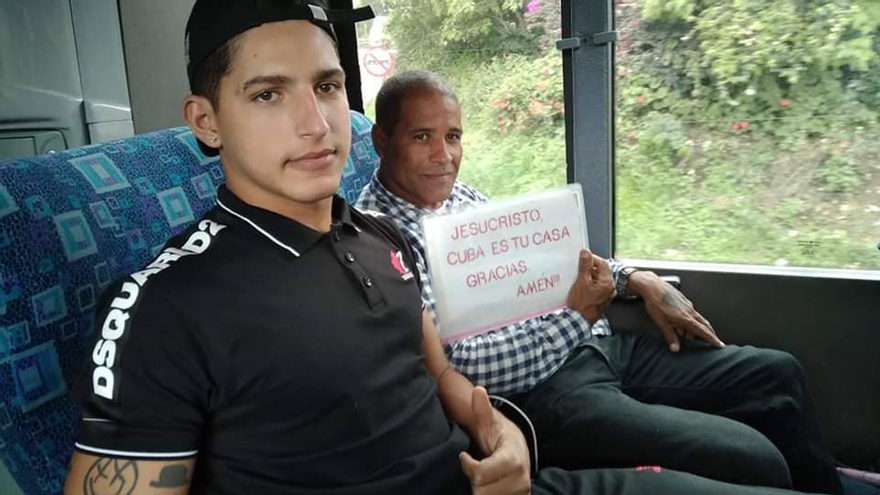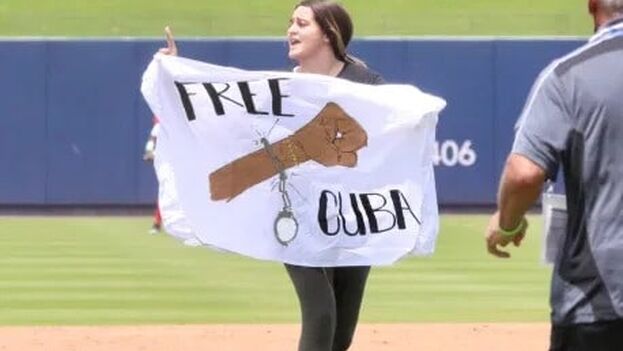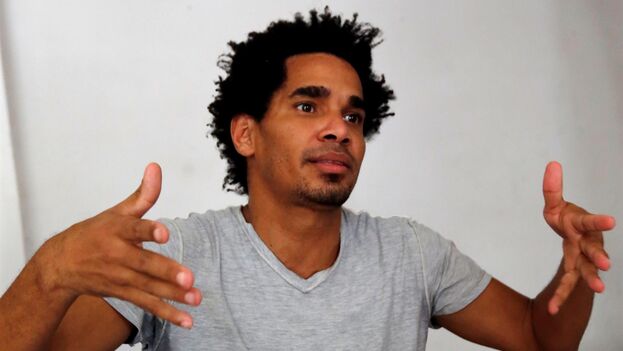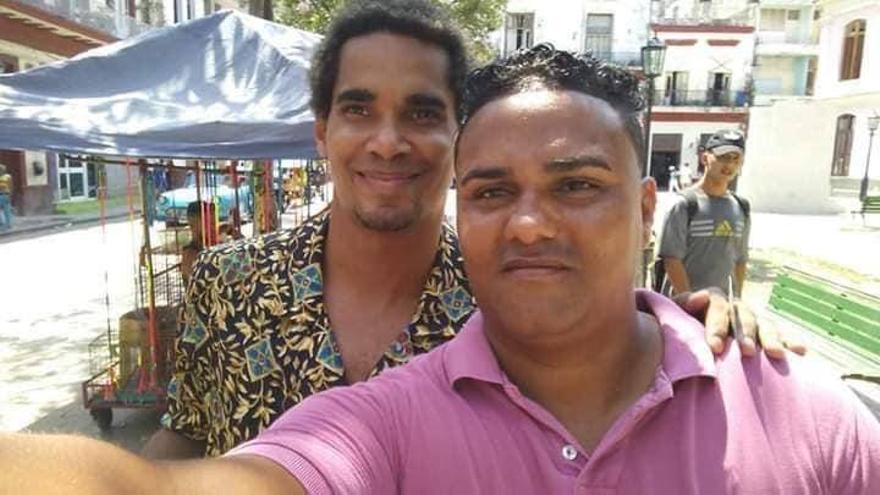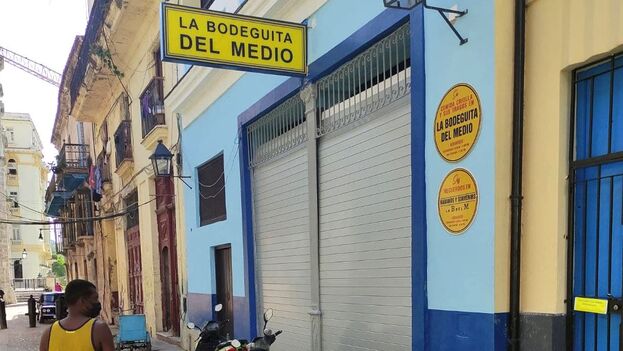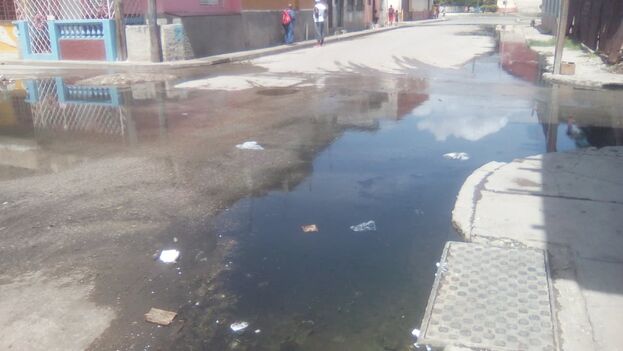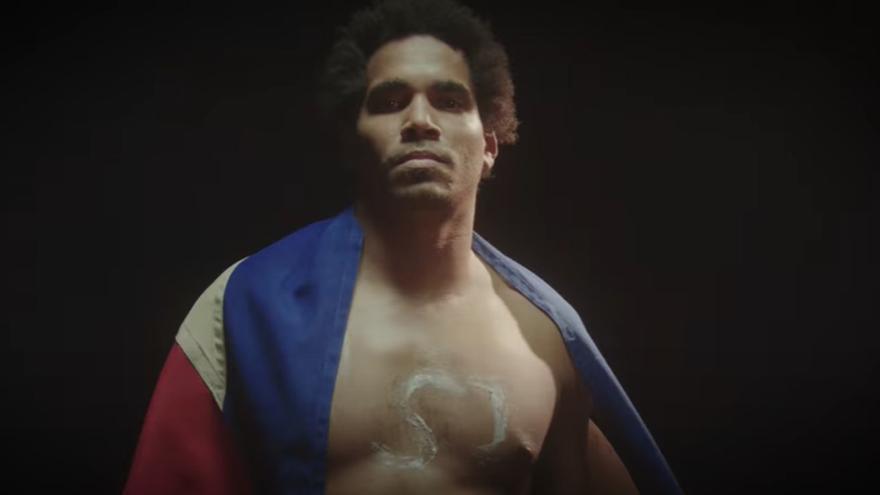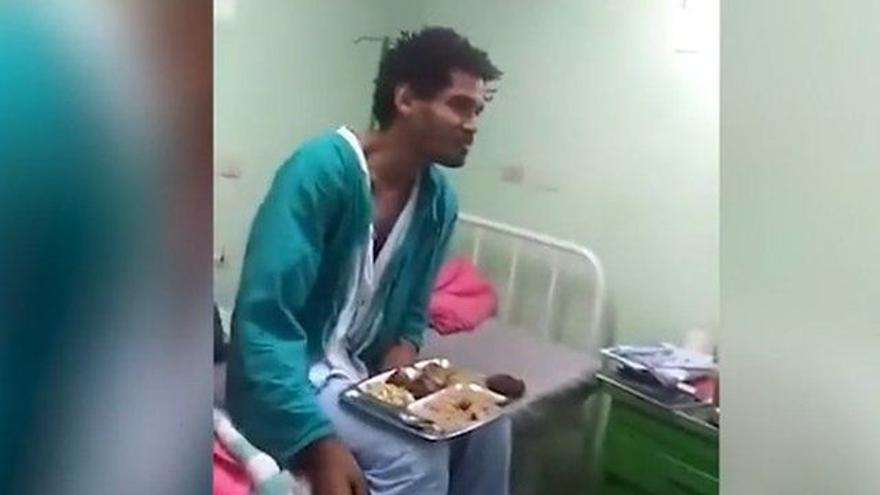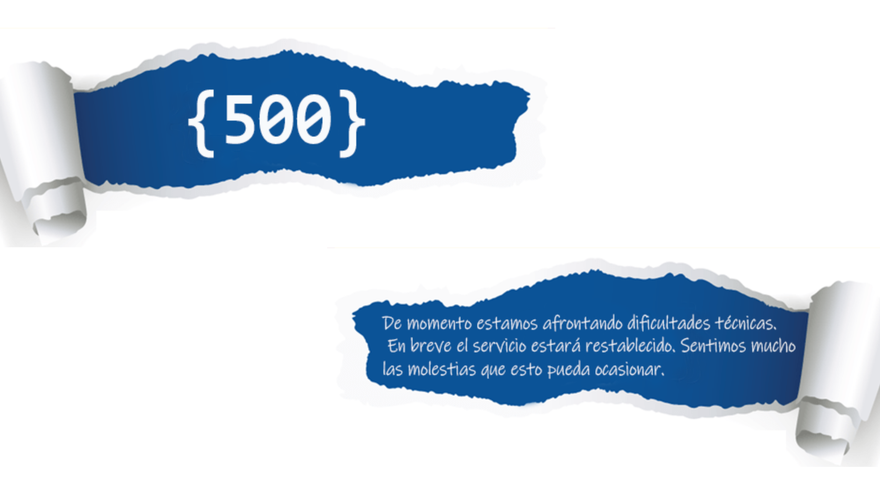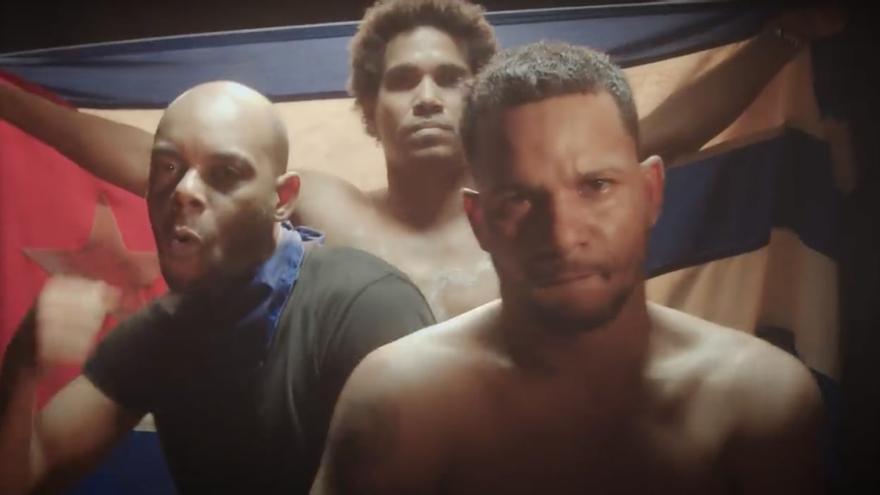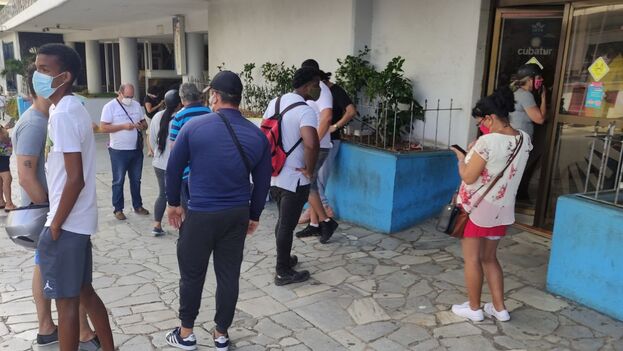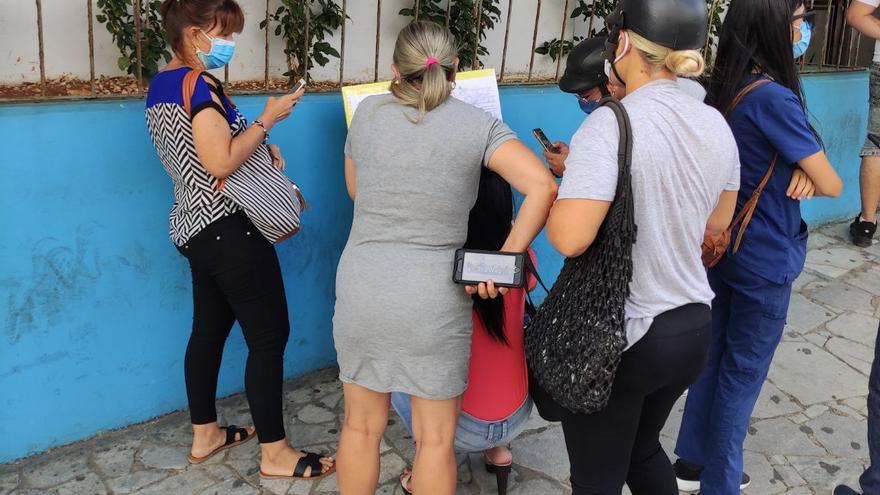
Ivan Garcia, Havana, 10 May 2021 — It is the law of survival of the fittest: only the most quarrelsome, opportunistic, and worthless citizens can get ahead. From top to bottom, today’s Cuban society is a jungle. A failed state that lives off ideological propaganda, promises it never keeps, and a chaotic subsistence economy.
If you ask Magda – a 40-year-old from Havana who supports herself by reselling for dollars the merchandise she buys at exclusive stores and has made a business out of managing the long lines of shoppers – why this is so, she will give you a concise answer: “The system forces you.” She is silent for a few seconds and then makes the following case:
“The Cuban system works by caste. The mayimbes (bosses) do not want for anything, nor do the senior officers in the armed forces. They get free housing and food, and they can take vacations at recreational villas for reasonable prices. Mid-level party officials also enjoy their little privileges. The cuadros (administrators) of tourism, domestic trade and other ministries and large companies, they live by stealing and profiting from food, fuel and construction materials. We – those at the bottom, the marginalized, almost all blacks – who live in poverty, we have to fight each other for the crumbs. Wherever money can be made, that’s where I’ll be. I’m not afraid to fight, and I’m not afraid of the police. Whatever it takes.” continue reading
Then in a calm voice, Magda recounts how since childhood she has had to deal with family violence, husbands who beat her, and neighborhood fights. “I have been imprisoned twice. There, you have to be a lioness. It’s not that I’m a bad person, but I don’t have too many options. Either I sit on my hands while my children go to bed hungry, or I go out and fight in the street for money and food. Necessity forces me to fight like a beast to get ahead.”
Like Magda, many women and men in the capital and in other provinces make a living by earning dollars organizing the lines, buying food for resale, and bribing police officers and officials who are supposed to be ensuring the social order. “You also have to grease the palms of store managers and employees. There are people who spend a week in line and never reach what they need. If you don’t pay 500 or a thousand pesos to a colero (someone who stands in line – “cola” – for others) you won’t get anything. If it’s a freezer you’re after, you have to pay them $70 or $100. It’s hard, but right now in Cuba, the law of the jungle rules,” Magda explains.
At any store in Havana, the coleros have organized a corrupt structure in cahoots with store managers and employees. On the outskirts of the market at 5th and 42nd in Miramar, half a thousand people await entry to go shopping. A policeman tells the crowd that only the first 150 will be allowed in. “The rest of you, please go home,” he says. Those who have not advanced to one of those spots have an alternative: they can, for a higher price, buy food and toiletries at private homes nearby.
Let’s call him Hiram, who works by walking the lines and quietly selling places for a thousand pesos. “In this country there are three types of Cubans. Those who rule, who do what they want and are accountable to no one. Those who have no choice but to silently endure the foot that the government puts down on them. And the dissidents, who are cocky, but lacking weapons, are not going to overthrow the regime. Most of the population are terrified of joining the opposition, because they can lock you away for many years. Criminals don’t want anything to do with the opposition, either. However, there is an unwritten pact between the government and the underworld: they let you do what you want as long as you don’t get into politics,” explains Hiram.
He goes on to say: “That’s why you see a bunch of people in the worst neighborhoods of Havana selling stolen items, and the police don’t even show up there. Drug dealers generally work for the police, as do the higher-level prostitutes. I don’t like communism. In 1980, when I was 23 years old, I got into the Peruvian embassy. We were ten thousand people and Fidel only sent a thousand boxes of food and bottles of water. They would do this to get us to fight with each other. Now it’s the same thing. (Cuban President) Díaz-Canel’s strategy, he has said, is to break off little pieces of problems, not solve them. I was in the United States and I was arrested, and they returned me as undesirable. I have to live off something. And the best I know how to do is be in the jungle, the fights and the illegalities. When you see two old men wrapped around a package of sausages, you realize that things in this country do not work.”
For a high percentage of Cubans it is a big production just to eat, buy soap, or obtain medicines. Any errand takes five or six hours. The atrocious inefficiency of the olive-green* economic model forces the citizens to travel long distances and line up for miles to try to get a roll of toilet paper or a bottle of soda.
In the midst of the shortages, the eternal economic crisis, and the sustained pandemic outbreak (which has practically collapsed the healthcare system in Havana) the authorities – instead of calling back the thousands of specialists and doctors who work abroad to provide dollars to the State – bet on bringing doctors in from other provinces. Public health is at a low ebb in Cuba. There is a scarcity of healthcare personnel, dozens of ambulances are halted for lack of spare parts, and there is a brutal shortage of antibiotics, syringes, and medicines.
One doctor said that “physicians and nurses who work on the front line treating Covid-19 patients are exhausted. They have spent many months working in precarious conditions, deprived of the necessary security, and subsisting on a very poor diet. Government propaganda claims that the public health system here works wonders, but this is a lie. There are shortages from water to gauze and cotton swabs, not to mention broken medical equipment.”
Carlos, a sociologist, opines that “in times of economic crisis, the worst qualities of human beings come to light, such as selfishness and lack of solidarity. Civic values are deteriorating, while speculation, theft and abuse of the weakest increases.”
These days, a 3-kilogram portion of Gouda cheese, which in foreign currency stores costs between 25 and 27 dollars (625 and 675 pesos at the official exchange), is resold on the black market for 1,900 or 2,100 pesos. A pound of chicken for 20 pesos is resold for 50 or 55 pesos. The pound of black beans that a year ago cost 10 pesos now costs 60. The kilogram of powdered milk that cost 40 pesos is offered at 300 or 350 pesos. Two packages of sandwich cookies and three of crackers, whose price was 70 pesos, are not available for less than 700 pesos. And worst of all, even with money in your pocket, you don’t always find what you’re seeking.
The biggest speculators are the regime’s commercial companies. The foods that are offered in stores for dollars – the so-called MLC (freely convertible currency) – obtain profit margins that sometimes exceed 300%, says an official of the TRD Caribe chain. And he gives this example: “A Samsung side-by-side refrigerator costs $1,870 here. At a retail store in Mexico, it might not even sell for $ 1,500. It’s abusive. If the reseller doesn’t murder you with his speculative prices, the State will gouge you with its inflated prices.”
The Cuba of today is an absurdity. A savage mix of dysfunctional, Soviet-style socialism and rudimentary feudal capitalism, sustained by a Zimbabwe-like public infrastructure, with prices comparable to those of Switzerland. Castroism continues to boast that its imperishable revolution was made by the humble and for the humble.
But the reality is that on the Island, the poorest eat a hot meal once a day and live in precarious huts made of aluminum and cardboard pieces. The Cuban model is a snapshot of rampant bureaucracy, full-throttle corruption, and mediocre officials. And in that jungle, people must manage as best they can to survive.
*Translator’s note: A reference to the color of the combat fatigues worn for years by Cuba’s top echelon of leaders.
Translated By: Alicia Barraqué Ellison

